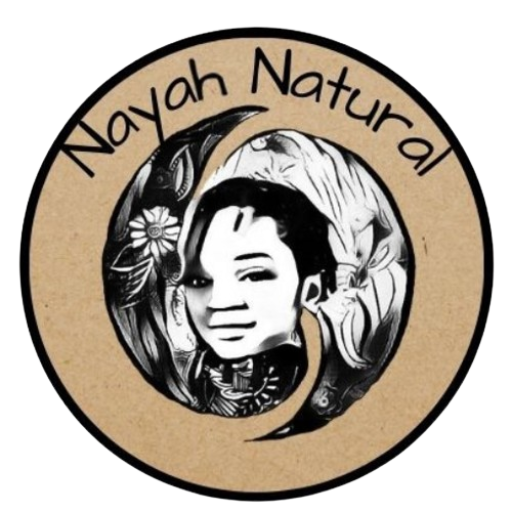CPSC
Food and Drug AdministrationThe FDA is the US Government Agency that is supposed to help the public by regulating dangerous products and warning the public of any dangers caused by anything sold or consumed in the US. Learn more about the FDA, is role and...
